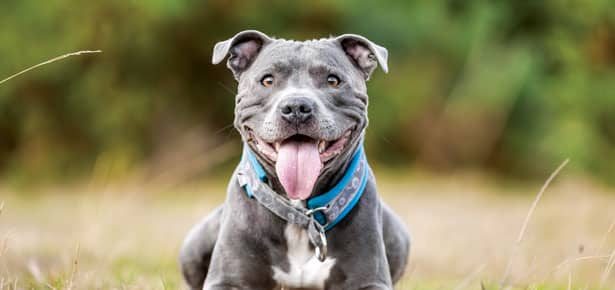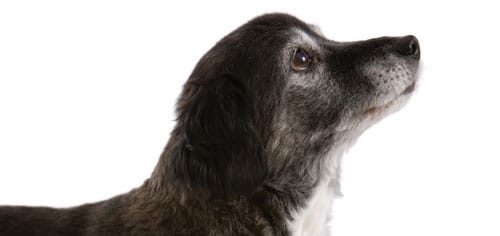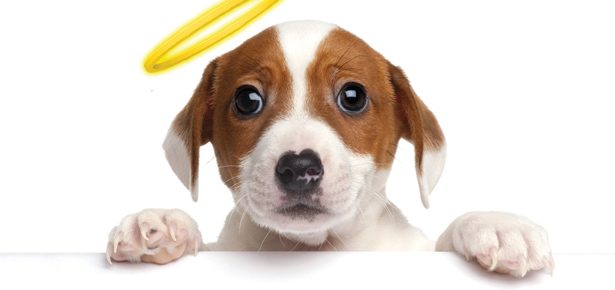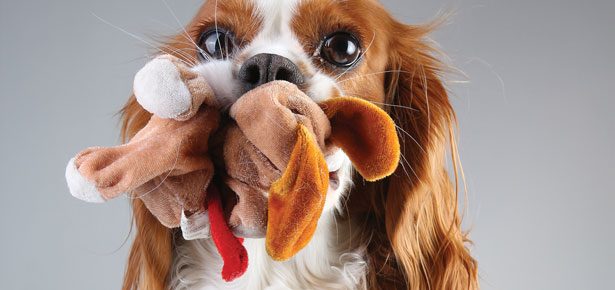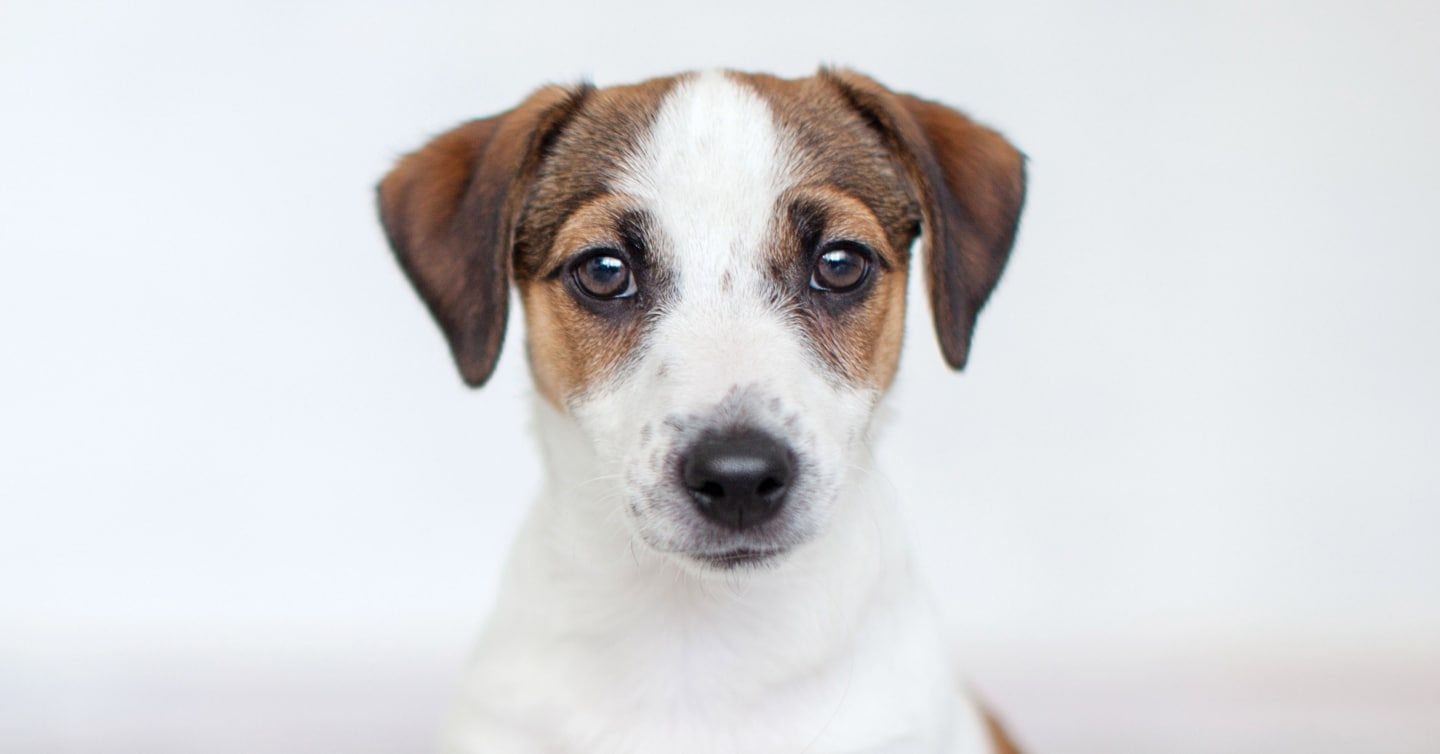
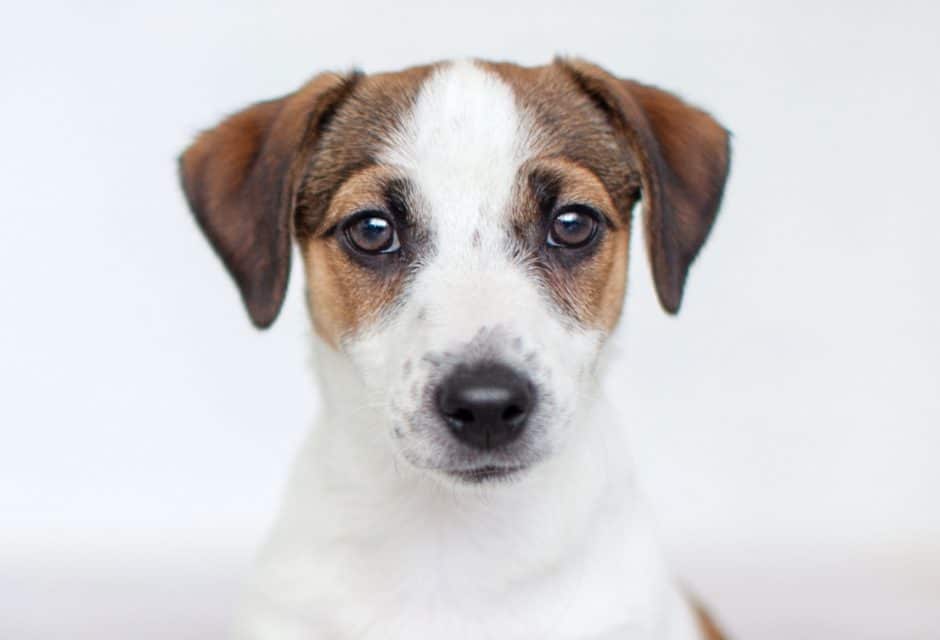
10 Socialization & Training Games you Should Play with your Puppy
(And Two Things to Never Do!)
Puppies are sponges. They absorb many life lessons during the critical socialization period that lasts until about 20 weeks old. During this important period, puppies are making opinions they will carry with them for the rest of their lives. As a puppy parent, it’s up to you to make sure they’re learning the right lessons to ensure they grow up to be confident, social, friendly companions. This doesn’t have to be drudgework! Here are 10 games to play with your puppy that will help set him on the right path for life.
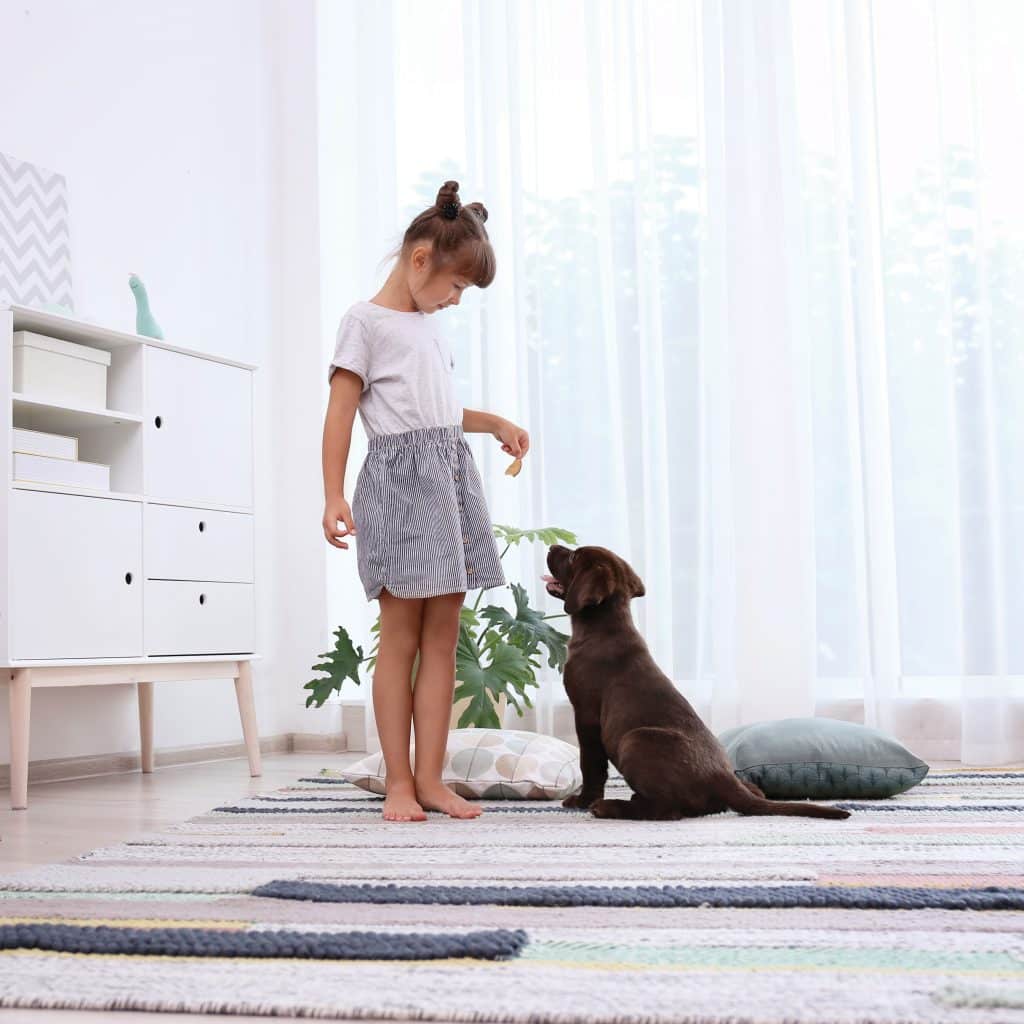
New Africa/bigstock.com
1. Diversity Training
The more people your puppy meets in a positive manner, the less likely he will grow up to be afraid of individuals he encounters. Find people of different ethnicities and ages. People in uniform. Children. Ask them all to give your puppy treats. If your puppy shows any reluctance to meet someone or seems afraid, do not force it. Never pick up your puppy and hand him to someone he’s afraid of, or you will likely make his fear worse. Instead, have the person toss treats from a distance, and let your puppy approach at his own pace.
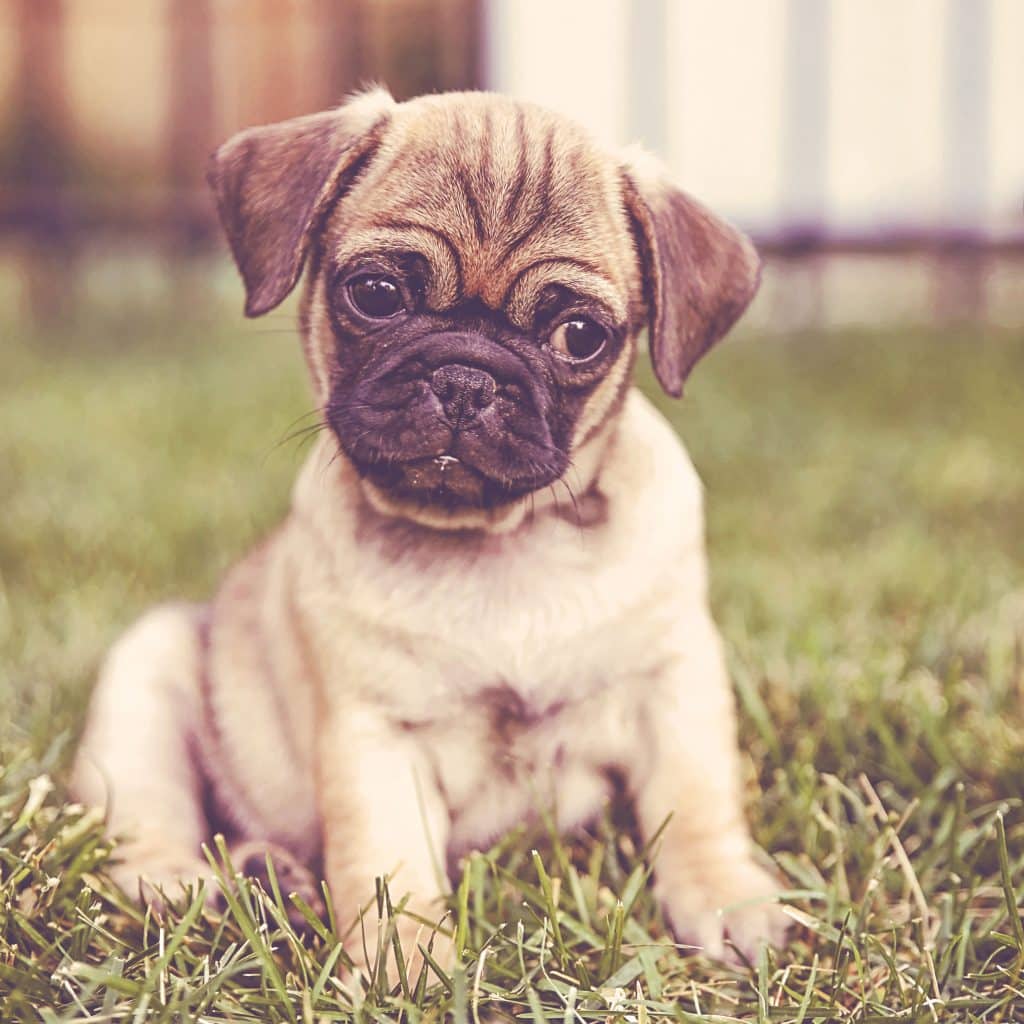
graphicphoto/bigstock.com
2. Round Robin Recalls
Gather two or more friends and give them all treats. Form a small circle with your puppy in the middle. One person starts by calling, “Fido, come!” in a happy voice, encouraging your puppy to come to her. As soon as the puppy gets to the person, he gets a treat and praise. Then, someone else calls the puppy to come, then another, and so on. As your puppy becomes successful at this game, gradually make the circle bigger so he must travel farther to get to the person calling. Again, if your puppy is reluctant to approach a person, have that person toss treats to him instead.

Ylivdesign/bigstock.com
3. Noises are Awesome
Many puppies are startled by loud or unusual noises. Get a handle on this now and teach your puppy that noises are not so scary. Ideally, have the noise at a distance from your puppy so you can gauge his reaction. For example, from across the room, start a hair dryer, then immediately toss a treat to your puppy as you turn the hairdryer off. Is your puppy curious or afraid? If he’s afraid, either move farther away or reduce the intensity of the noise. As your pup gains confidence, bring the noisy object closer to him. If he comes towards it on his own, that’s even better!
There will be times when you can’t predict a noise and it scares your puppy, such as a sudden thunder clap. Do your best to have treats handy. Quickly make light of the noise, “Yay, thunder!” and offer your puppy treats.
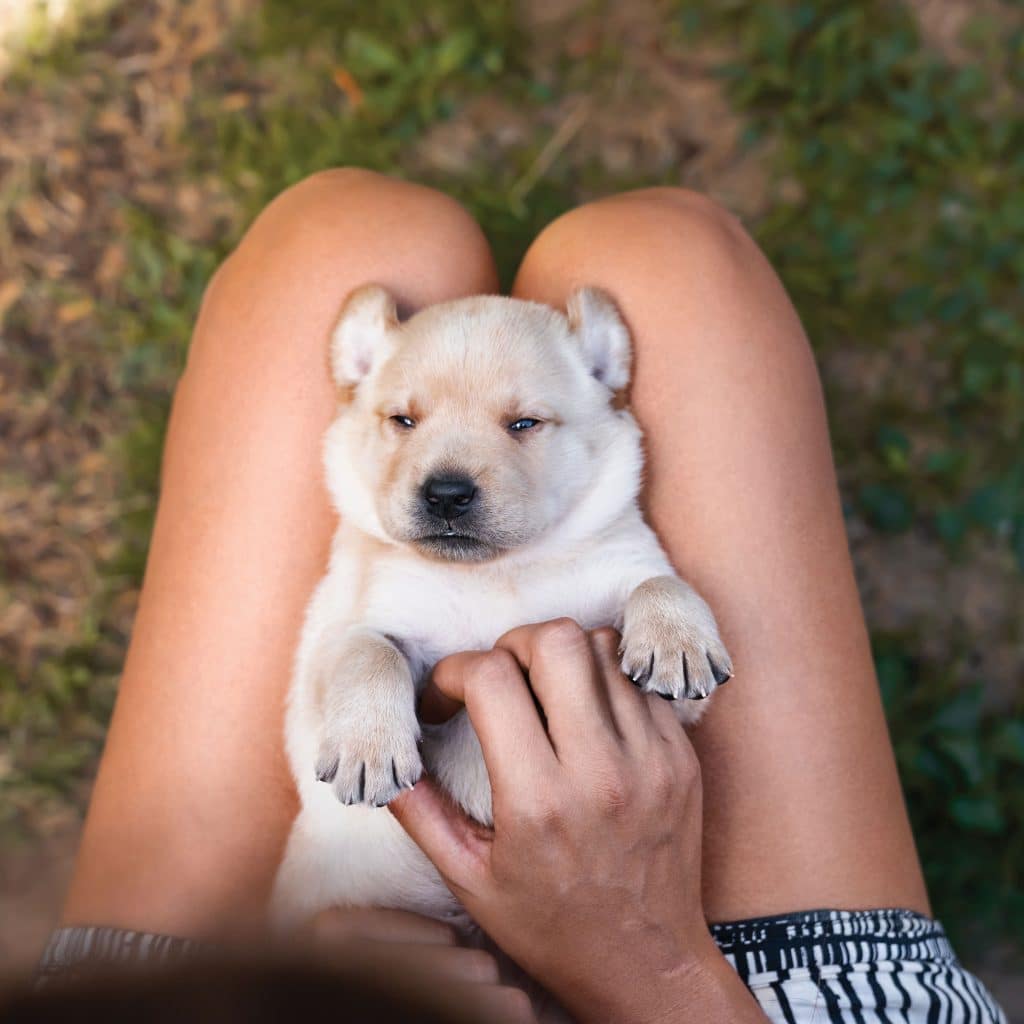
manushot/bigstock.com
4. Collars Are Meant For Holding
If you ever need to grab your puppy’s collar so you can pull something out of his mouth or prevent him from getting into trouble, he could be making a bad association with you touching his collar. This can later lead to avoidance behaviour or even aggression. Play collar-holding games to help offset this. Call out, “Gotcha!” in a happy voice, gently take hold of his collar and then pop a treat into his mouth. Look for a new collar for your puppy? Shop our favourites on the Modern Dog shop!
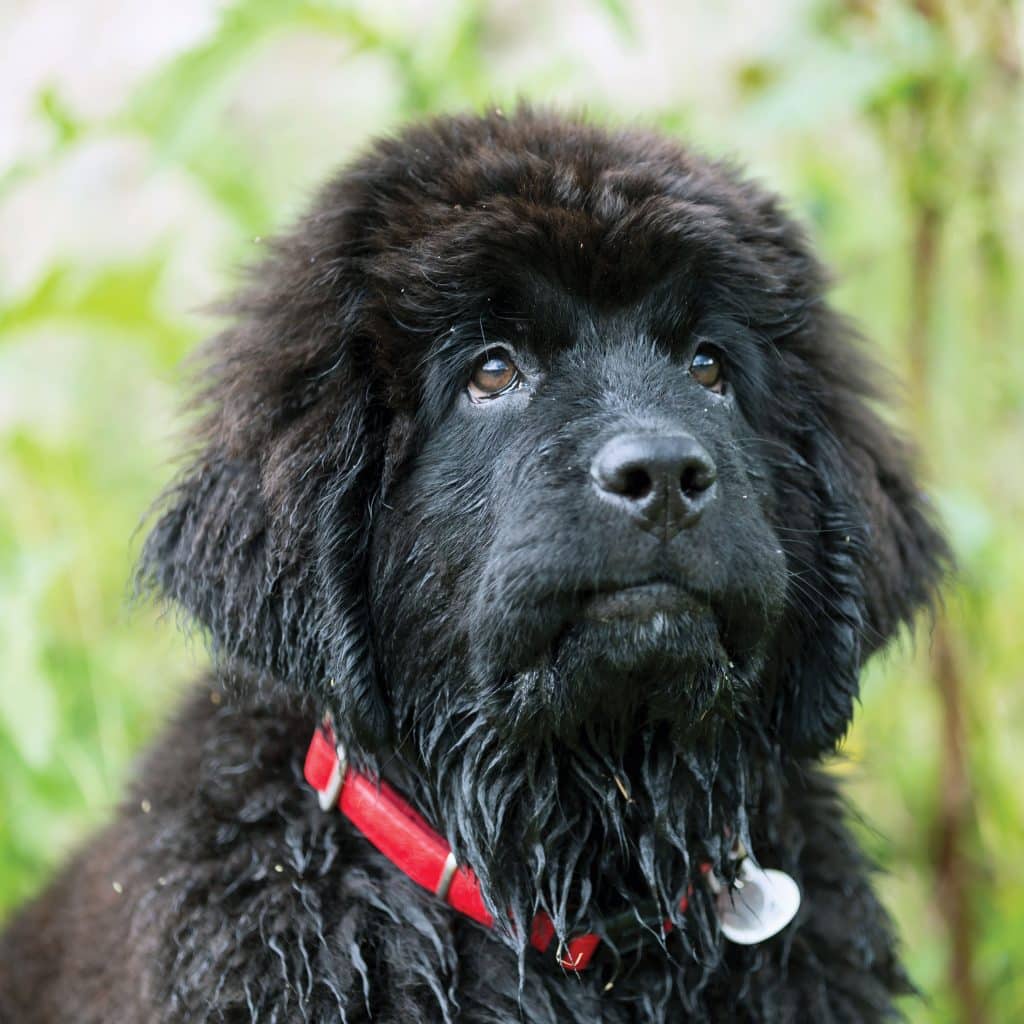
rzoze19/bigstock.com
5. Handle It
There may be times when you must cut out a matt, check an injury, or administer medicine, so teach your puppy to relax and enjoy handling. Get treats. Touch his ear and treat. Touch his other ear and treat. Touch a paw and treat. Touch another paw and treat until you’ve handled all of them. Touch his tail and treat. Examine his teeth and treat. Give him a restraining hug and treat. Which part did your puppy like the least? Work on that spot with briefer touches and better treats until your puppy learns to love being handled.
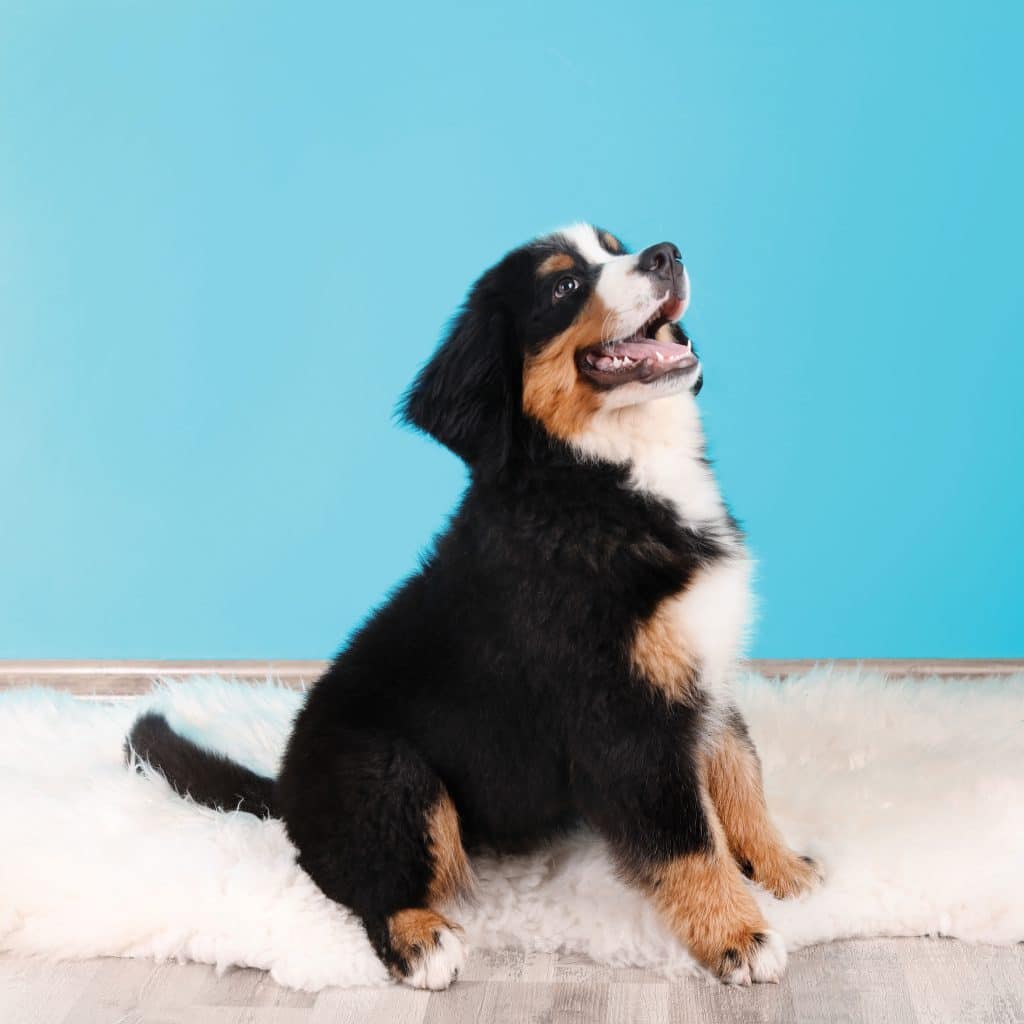
New Africa/bigstock.com
6. Sit for Petting
Want a puppy that doesn’t jump on people? Teach Sit, and then only pet your puppy when he’s sitting. Hold a treat above his nose and slowly move it backwards over his head, towards his tail. As he stretches for the treat, his rear should go down. As soon as he sits, give him a treat. When you can get five sits in a row, then try one without a treat in your hand, but still using the same hand motion—this will become your hand signal. Hand signals are easier for dogs to understand than verbal signals. Give the hand signal and when your dog sits, give him a treat from your opposite hand. When your dog is reliably responding to the hand signal, then you’ll add the verbal cue, “Fido, Sit,” then give the hand signal, and when he sits, treat. When he does well with this step, you can start to phase out the hand signal so he just responds to your verbal cue.
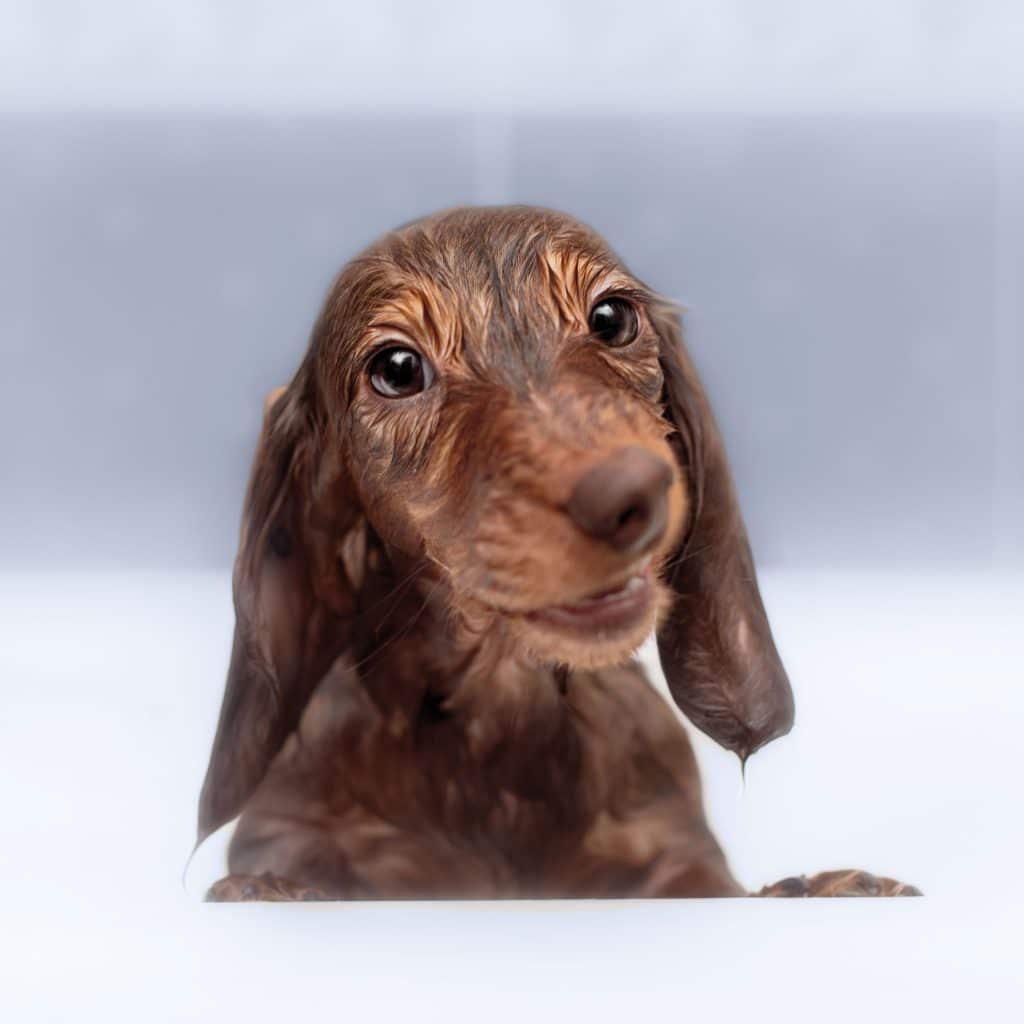
Brusnikaphoto/bigstock.com
7. Rub-a-Dub
Bath time doesn’t have to be a struggle. Put your puppy in the tub or sink, if he’s small enough. Give him a couple of treats. Turn on the water, treat. Wet one of his legs, treat. Repeat until all legs are wet. Wet the rest of him, avoiding his eyes. Treat. Soap one leg, treat. Repeat until all legs are soapy. Then start the rinse, treating for each body part. You can also smear peanut butter on the inside edge of the sink or tub to occupy your puppy while you bathe him. If at any time your puppy shows signs of fear or a struggle, slow down and take breaks until he adjusts. Take your time and your puppy will learn spa day is luxurious. Check out some of our favourite coat and body care items for your dog here.
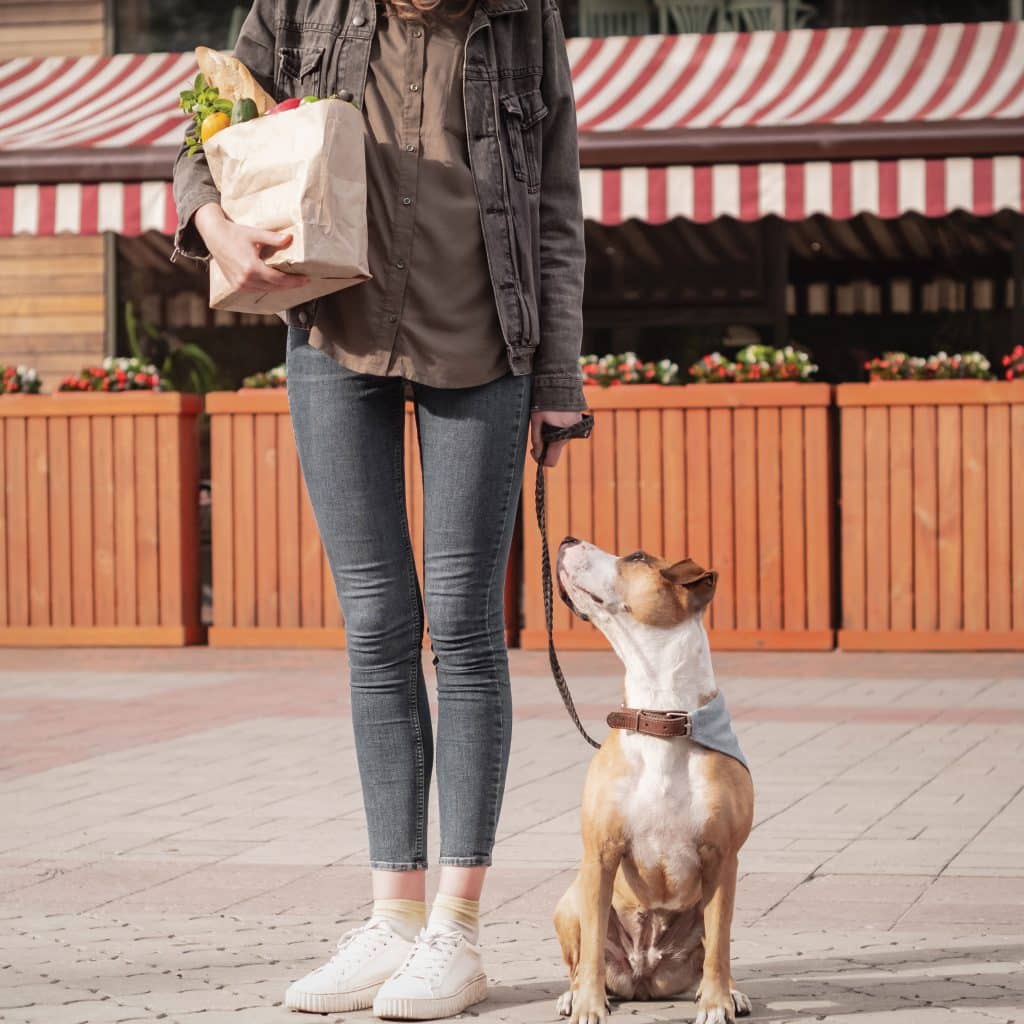
photoboyko/bigstock.com
8. Out on the Town
Take your puppy to different places to expose him to different environments. Be sure to bring treats with you and ensure he has a good time. Take him to stores that allow dogs. If you’re worried about disease, bring a washable bath mat along and put it in the bottom of a shopping cart. Put your pup in the cart and let him roll around in style while socializing. You can wash the bath mat when you get home. Take your puppy to visit friends who have safe canine playmates for your puppy and whose dogs have all been vaccinated and are healthy. Make sure their dogs like puppies, as not all dogs do. Can you take your pup to work? Do you have a nearby school where your pup can be socialized with students? The more places and situations you positively expose your puppy to, the less scary the world will be for him.
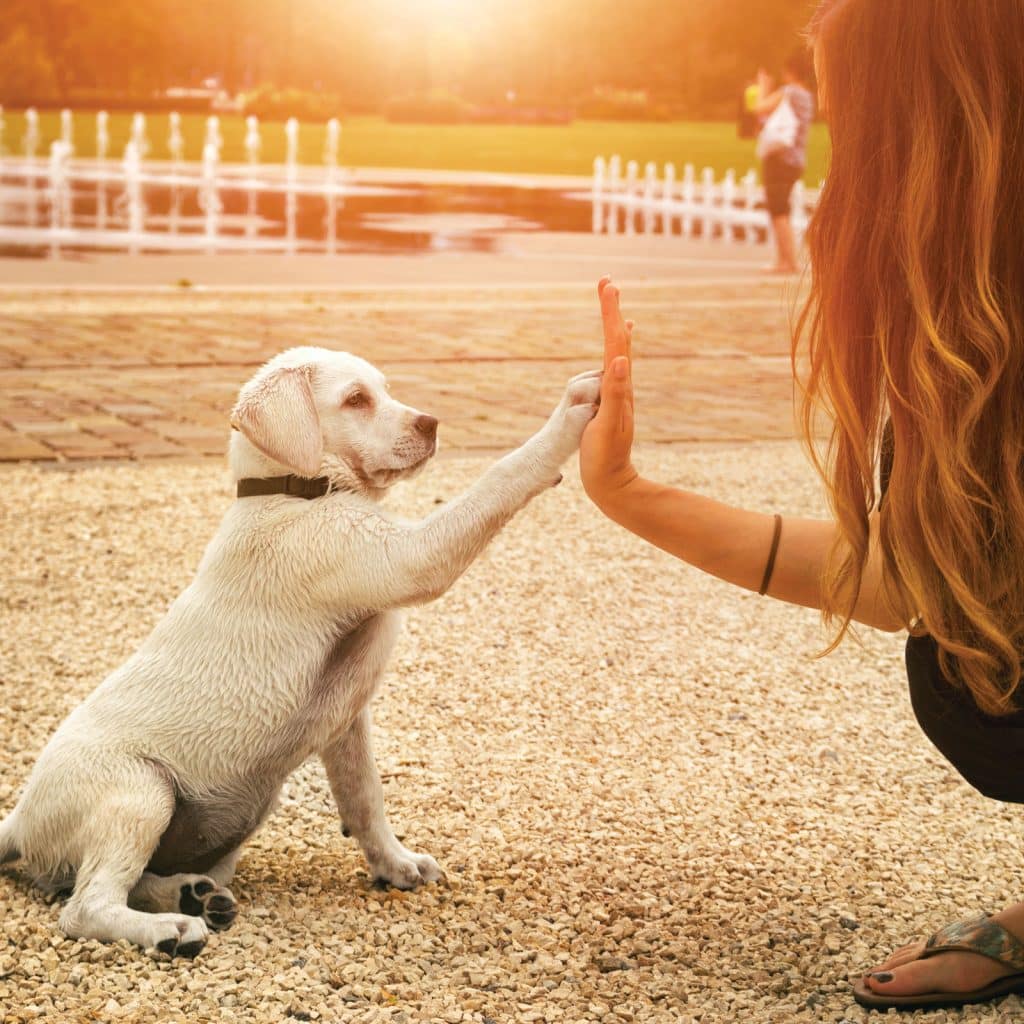
manushot/bigstock.com
9. Take Him to School
Find a quality, reward-based puppy kindergarten class. A good class should feature an experienced, educated instructor. Some obedience is fine, but the overall focus should be on issues specific to the socialization period, such as socialization and handling. It should also cover effective housetraining, husbandry, and recognizing stress signals. The instructor should be well versed in choosing appropriate puppy playmates and not allow free-for-alls where puppies can learn to be bullies or be bullied.
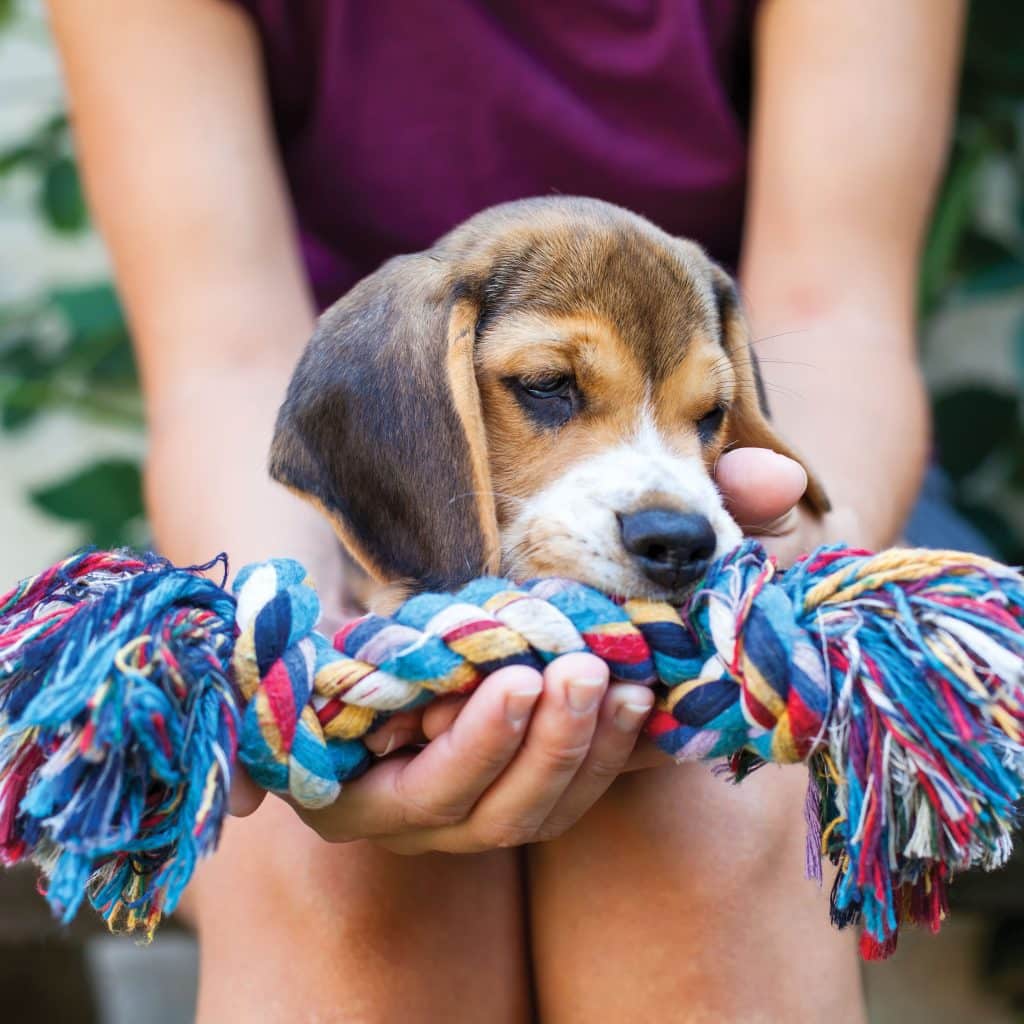
Ocskay Mark/bigstock.com
10. Sharing is Caring
Get a chew toy big enough for your puppy to chew on while you hold one end. As he chews, praise him. This helps teach him that your hands near his toys are good, preventing resource guarding.
For some tasty treats your puppy will love, shop our favourites on the Modern Dog shop here!
Now, here are two things you should NOT do:
1. Dog Park Field Trip
Never choose a dog park to socialize your puppy. Irresponsible owners can bring sick dogs or aggressive dogs to a dog park. You have very little control over strangers, so don’t let their bad judgment scar your puppy for his lifetime. [For more on dog parks and puppies, read “Why Dog Parks and Puppies Don’t Mix” at moderndogmagazine.com/dogparkpuppies.]
2. Mess with His Food
Don’t stick your hands in your puppy’s food, or randomly take it away from him then give it back. You may think you’re teaching him you’re the boss and can control his food, but you’re actually teaching him that you are really unpredictable and like to take things away from him unprovoked. This can result in him growling or getting possessive over his food. Instead, add a few handfuls at a time to his food dish, so that your hands coming towards his dish are positive, not alarming.
Socialization Vs. Safety
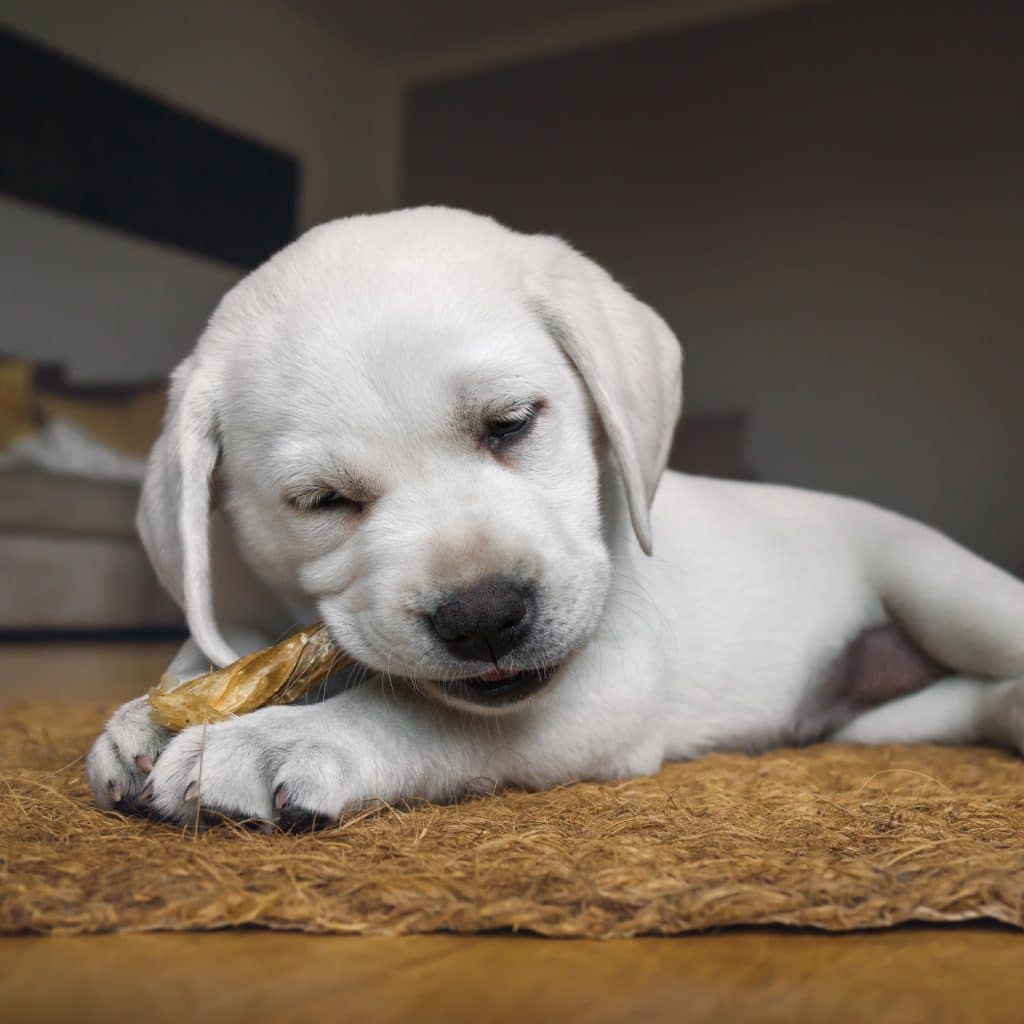
manushot/bigstock.com
Many pet parents are afraid to take their puppies out into the world before they’ve completed all their vaccinations because of the risk of diseases. You need to be careful, but also understand that it’s dangerous to wait to socialize your puppy. The last of the vaccine series usually occurs at the end of the critical socialization period. By then, it’s too late to teach your puppy the lessons he needs.
It can be hard to know what to do, as there is conflicting information out there. Some breeders, veterinarians, and others still recommend waiting, but this is not reflective of current education on canine behaviour. According to the 2015 American Animal Hospital Association (AAHA) Canine and Feline Behavior Guidelines, “There is no medical reason to delay puppy and kitten classes or social exposure until the vaccination series is completed as long as exposure to sick animals is prohibited, basic hygiene is practiced, and diets are high quality. The risks attendant with missing social exposure far exceed any disease risk.” The AAHA is the only organization to accredit companion animal hospitals, and is considered the standard in veterinary excellence.
This position is echoed by the American Veterinary Society of Animal Behavior, which notes, “it should be the standard of care for puppies to receive such socialization before they are fully vaccinated.”
Young puppies who are not properly socialized to different environments, people, and experiences can develop fear and aggression issues. Be safe—carry your puppy in public places, make sure he doesn’t go where sick dogs may have been, and wipe his feet thoroughly after public outings.
This article originally appeared in the award-winning Modern Dog magazine. Subscribe today!
Join the newsletter and never miss out on dog content again!
"*" indicates required fields
By clicking the arrow, you agree to our web Terms of Use and Privacy & Cookie Policy. Easy unsubscribe links are provided in every email.
